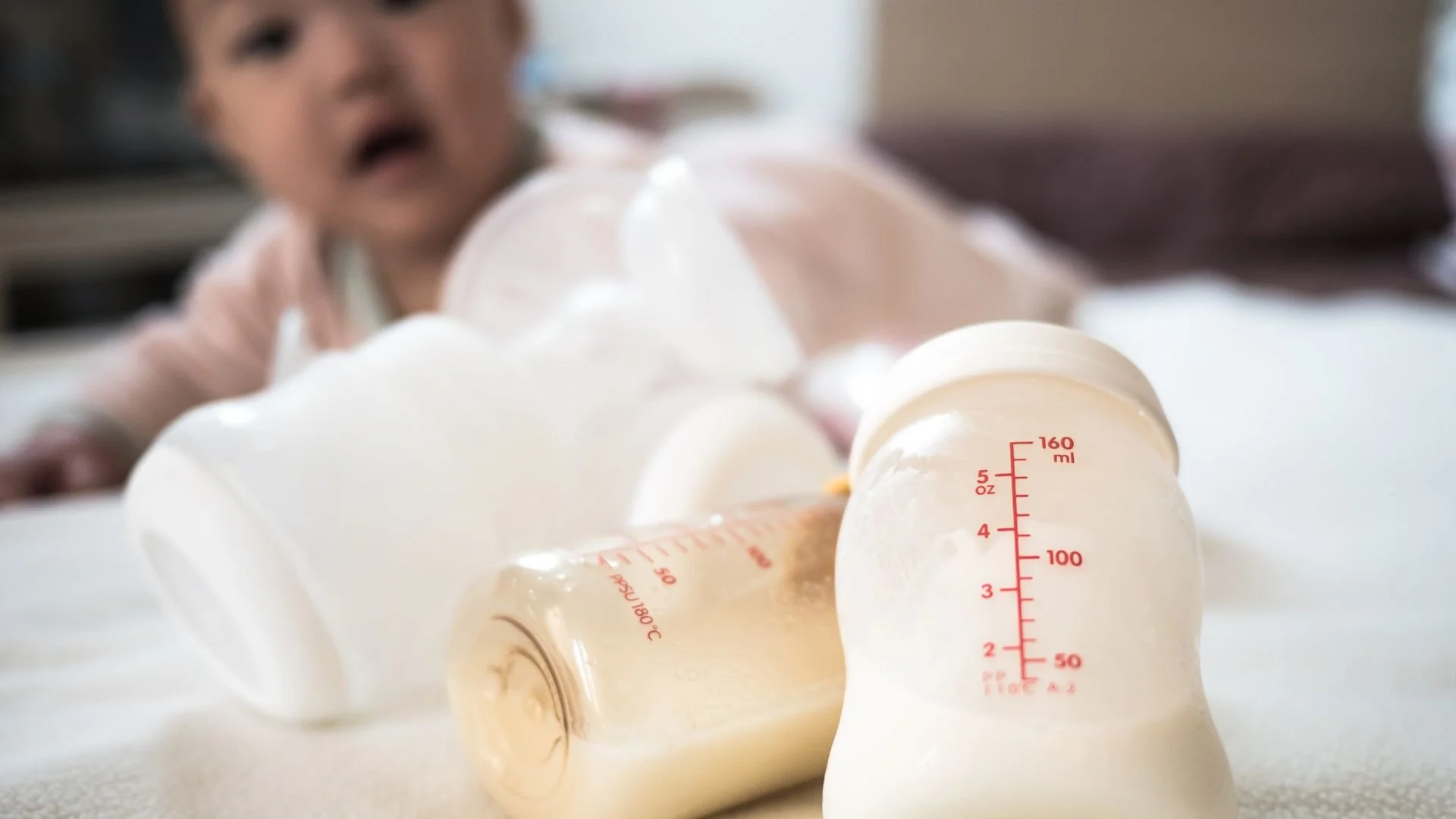Responsive Feeding: Trusting Your Baby, Building Connection
Feeding your baby isn’t just about nutrition—it’s about communication, trust, and connection. Whether you’re breastfeeding, bottle feeding, or offering solids, responsive feeding is the key to creating a peaceful feeding relationship and a confident, intuitive eater.
As a mama coach, registered nurse, and mother of two - my goal is to help you understand how to feed your baby in a responsive way where your child takes the lead! It may take some time and practice however it will be much more enjoyable for you both once you learn to trust your baby!
What Is Responsive Feeding? Responsive feeding means tuning in to your baby’s hunger and fullness cues and responding in a loving, timely, and appropriate way. It’s a two-way conversation: your baby communicates their needs, and you respond—not based on a strict schedule, but based on your baby’s cues and your own instincts. Responsive feeding builds trust, supports brain development, and lays the foundation for a healthy relationship with food. We are teaching our children to trust their body and listen to it! Responsive Breastfeeding on cue (sometimes called “feeding on demand” is one of the earliest forms of responsive feeding. Newborns may feed 8–12 times in 24 hours, and that’s completely normal.
Hunger cues to watch for:
Rooting or turning head toward the breast
Sucking on hands or fingers
Opening and closing mouth
Making sucking noises or fussing
How to respond:
Offer the breast as soon as you notice early cues—waiting too long may lead to a frantic, harder-to-latch baby.
Let your baby feed for as long as they want on each side. Some feeds will be short; others might be long and cozy.
Trust your body and your baby; milk supply adjusts to meet demand.
Signs of fullness:
Turning their head away
Coming off the breast
Falling asleep on the breast
Open and relaxed hands
Calm and content between feeds and after a feed
Responsive breastfeeding also means comforting at the breast when your baby is upset, not just when they’re hungry. It’s more than food—it’s comfort, safety, and connection.
Responsive Bottle Feeding
Bottle feeding can absolutely be responsive, too. Whether you’re using expressed breast milk orformula, the goal is still to tune in and feed in a loving, baby-led way. Tips for responsive bottle feeding:
Practice paced feeding: hold baby upright, keep the bottle horizontal, and give frequent breaks to mimic the flow of breastfeeding. We want your baby to decide when they need a break and when they want to continue or be done.
Watch for hunger cues, not the clock.
Switch arms or positions halfway through the feed to support bonding and visual development.
Let your baby decide when they’re done—don’t coax them to finish a bottle.
Responsive bottle feeding helps prevent overfeeding, or too fast of a flow which can lead to gassiness and intake of air, supports self-regulation, and nurtures secure attachment.
Responsive Solid Feeding
When your baby shows signs of readiness—usually around 6 months—you can begin offering solids in a responsive way, too. Remember every baby is different so it is important to watch their developmental milestones in order to know when to start. Starting after your baby has these signs of readiness is part of preventing choking as well.
Signs of readiness include:
Sitting up independently
Good head and neck control
Bringing objects to their mouth
Showing interest in food
Loss of the tongue thrust reflex
Responsive solid feeding looks like:
Offering a variety of foods and textures without pressure
Letting your baby self-feed when possible (baby-led weaning or a mixed approach)
Watching for fullness cues—turning head away, closing mouth, pushing food away
Respecting those cues without bribing, distracting, or forcing more bites
Your role is to decide what food is offered and when. Your baby’s role is to decide whether to eat and how much. This division of responsibility supports autonomy and builds lifelong healthy eating habits.
Why It Matters
When feeding becomes a responsive, relational experience, babies feel safe, understood, and satisfied—not just physically, but emotionally, too. Trust your baby. Trust yourself. Whether you are nursing, bottle feeding, or offering a spoon, you’re not just feeding a baby—you’re building a relationship.
If you are looking for support with breast, bottle, or solid food, I would be happy to connect with you and create a feeding plan with you! Book a free 15 minute consultation with Anya the Mama Coach - in person or virtually!

